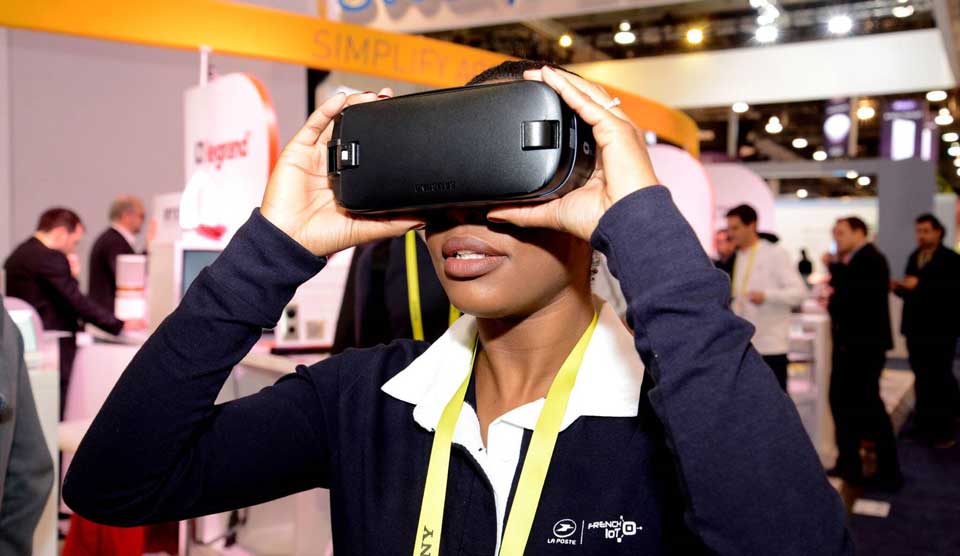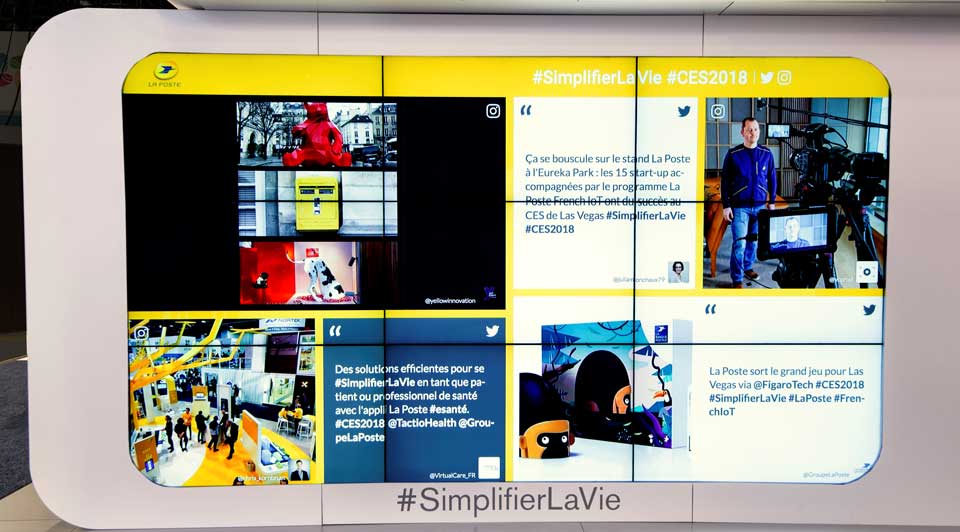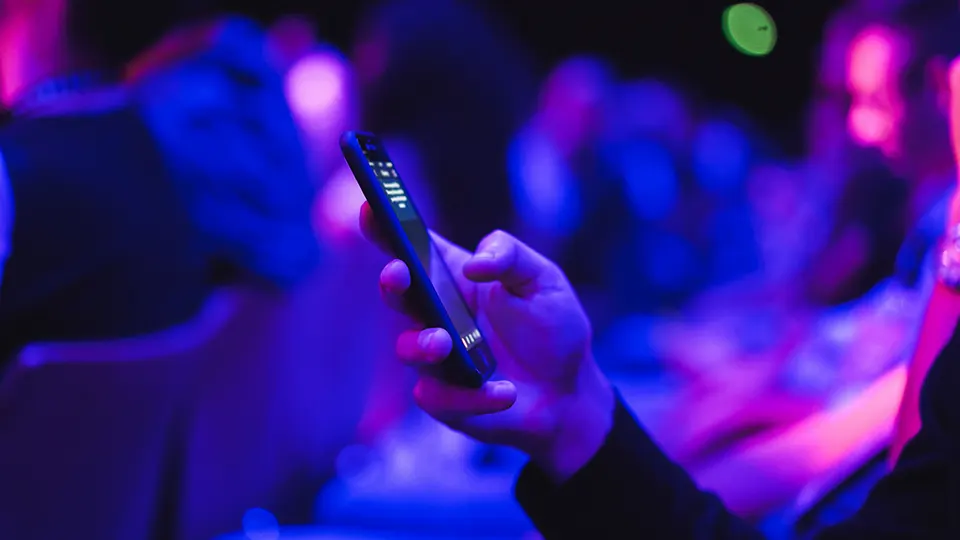As people get more than ever connected to the world and to each other, opportunities for marketers to develop experiential marketing become endless. Either aiming at a product, a service or during an event, the goal is to give customers an experience that directly engages them to the brand, creating an incentive and personal connection.
Far more powerful than classic media advertising, experiential marketing allows a complete immersion into marketing and sales process. As long as you wisely target what your customers really want to get.
CREATING YOUR EXPERIENCE

As you want to include experiential marketing into your event, you have to design your whole organization around it. This means exploring every detail of the process. If people will remember an astonishing experience, they will never forget failures. Since we can assume your attendees are great social media consumers, the impact on your brand could be widely prejudicial if you miss details. Thus, the tools you are about to set have to create the buzz…and to serve your final objectives.
The first step will be defining your budget. It doesn’t necessarily have to be huge: a simple hashtag, a nice display, a live event and a good communication plan can give great results if they are well managed. Once the budget is set, you can determine the strategic objectives and your operation process.
As you think about your booth display and all the tools you would like to use, you will also need to determine a pre- and a post-communication plan, as well as a way to process all the data you will gather.
DEFINING THE GOALS
Experiential marketing is all about immersion, emotions and feelings. Customers don’t just want to see: they want to experiment new things, to participate, to share with their followers and friends, and to remember. Thus, your strategy must embrace notions of usability, share-ability, disruption and “worth-to-remember”.
Of course, your strategy has to meet the right audience. You might want to match the tools you want to use with the customers you want to target. Finally, you must design your experiential marketing experience in harmony with the company’s spirit and emphasize brand awareness.
SETTING THE TOOLS

Experiential marketing is nothing new. Car industry was already using it at the end of the 19th century during exhibitions, as customers could try their future purchase. The only difference nowadays is the profusion of tools. Digital and technological elements allow you to create pretty much everything.
During the event, the first step is to gather attendees at your booth through an activation process, thanks to beacons, consistent messaging, social media coverage, engagement content, live event or product demonstration announcement, special brand ambassadors, influencers, drones…A pre-event communication plan creating high expectations and a registration page might facilitate the task.
Once customers are on the booth, this is time for a complete immersion into experiential marketing. Possibilities are endless, as long as you propose to your attendees a personal, creative, different, fun, participative, and memorable experience that they can share. You can success by using:
- a visible hashtag everywhere, no matter the tool
- augmented and virtual reality with phones and VR headsets for games, product or service presentation
- digital tools like media walls, interactive mirrors, mobile apps, Apple AirDrop
- live events and livestreams on social medias
- personal videos and photo-printing
- non-digital elements like goodies or a behind-the-scene visit
Of course, there are many other ways to offer a great customer experience, since we are 5-sense gifted. If sight and sound are widely used, touch, smell and taste deserve your attention. Co-branding actions can also be considered since your partner can target attendees that weren’t concerned by your activity at first glance.
If experiential marketing helps customers to better understand your brand, you might be interested into behavioral and emotional observation to better understand your customers. Different technologies exist to help you to collect data, so that you may improve your next experiential marketing campaign and create very accurate tools.









